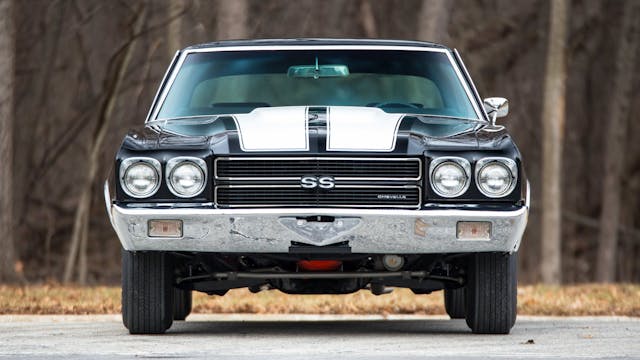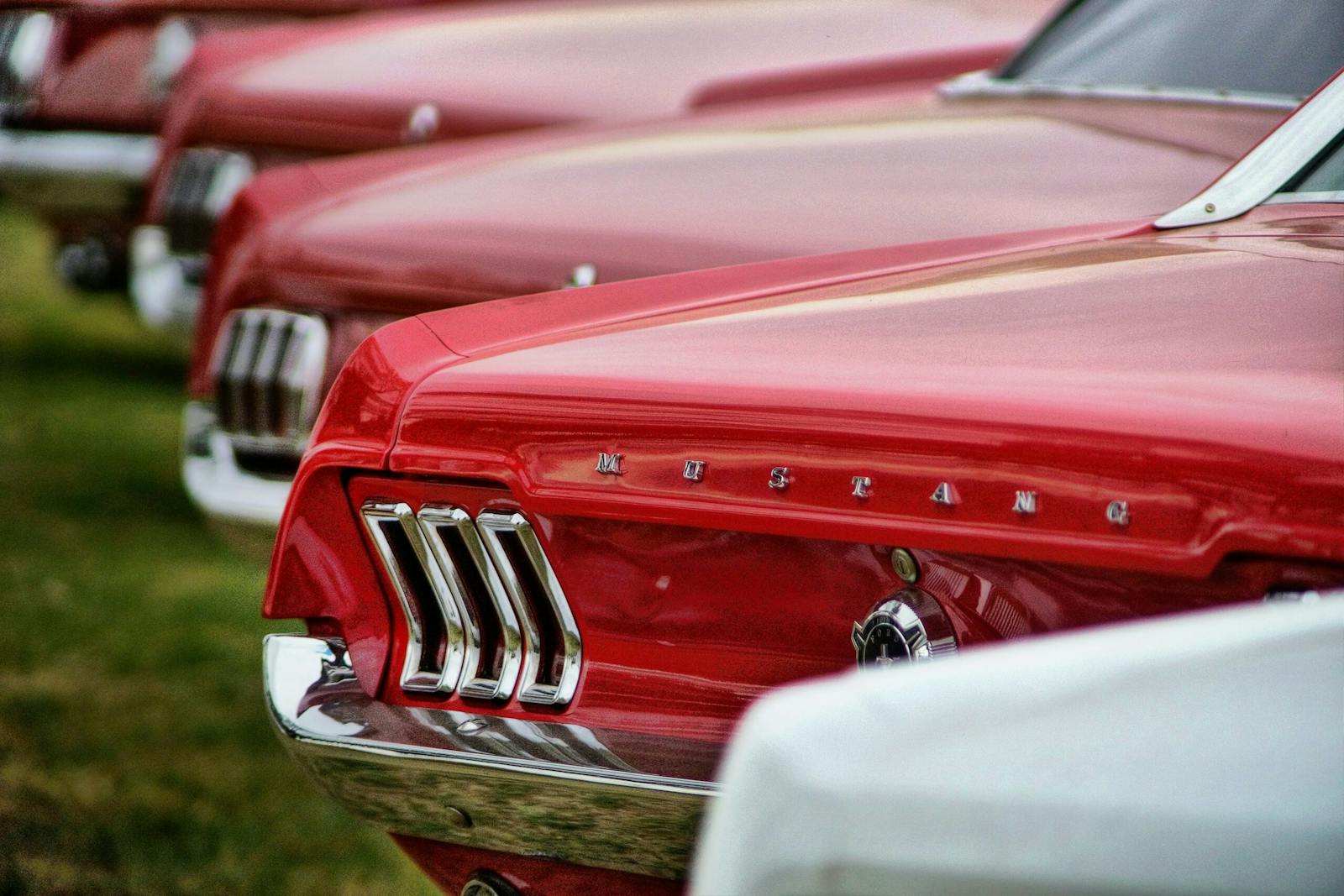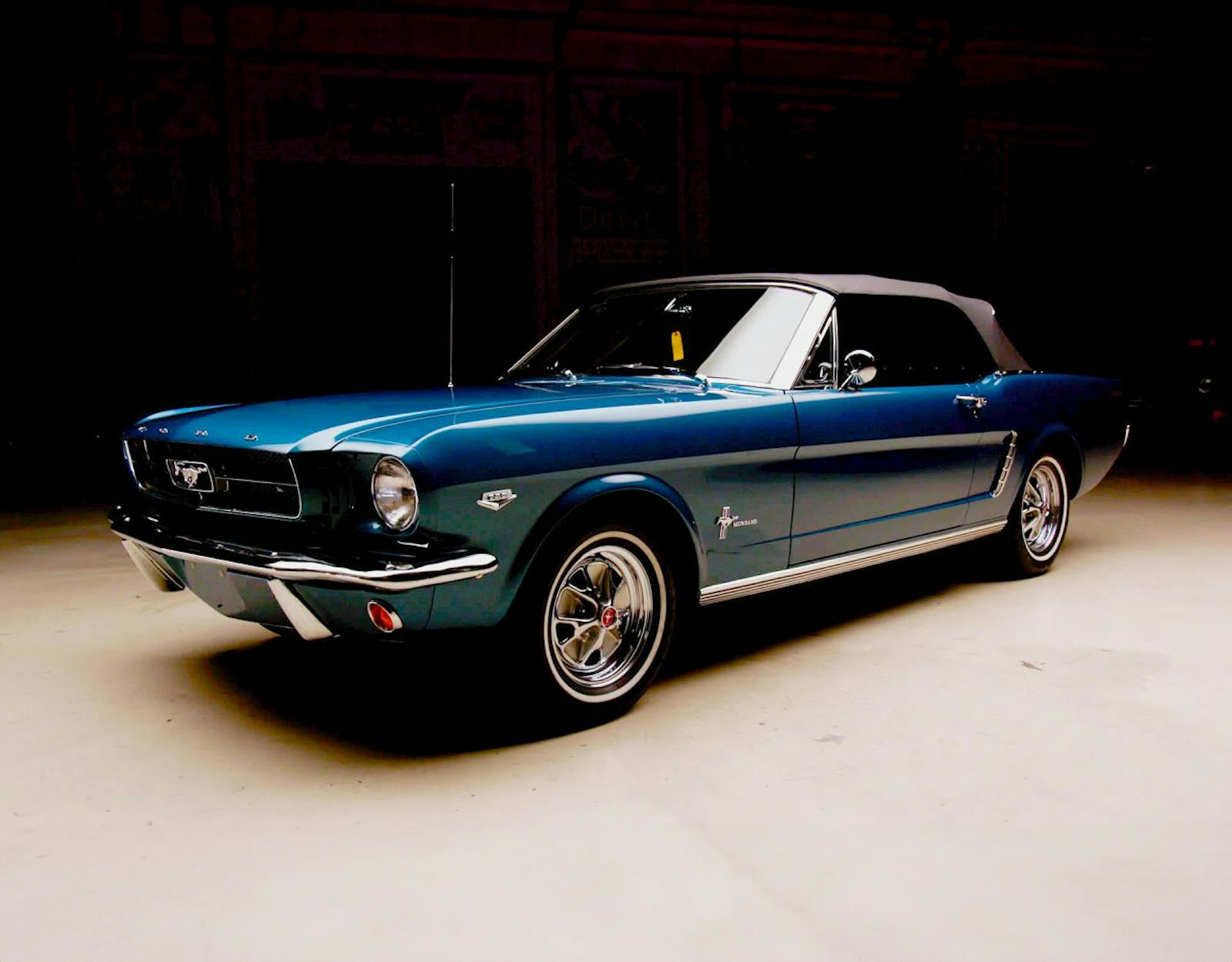Top-tier cars are flourishing. Are the rest floundering?
Want a better understanding of what’s driving collector-car values? Sign up for the Hagerty Insider newsletter.
April is here, bringing with it a fresh quarterly update to our vehicle valuation data in the Hagerty Price Guide. After a lull in auction activity at the end of every year, major sales in Scottsdale, Arizona and Kissimmee, Florida in January, as well as on Amelia Island in March, fill the first quarter with anticipation. After the final car rolled across the block, we began digging through the resulting heaps of data; this annual spurt of activity often sets the tone for the collector car market in the first half of the year.
So, what did we learn?
Frankly, the results this year were mixed, providing data that don’t point clearly in any one direction (at least compared with the past three years of spring season Price Guide updates). There was still plenty of positive movement, but it did not occur across quite as broad of a spectrum as we’ve been seeing lately.
Our usual lists of individual-model winners and losers are coming, but for now take a gander at some overall trends from the bird’s-eye view of the collector car market.
Separation within segments

A split is emerging between top-tier cars and the rest of the market. The muscle car market is a poster child for this trend. While the muscle segment overall appeared to be softening toward the end of last year, a number of desirable models have performed incredibly well since. Most visibly, Boss 429 Mustangs, first-generation Z/28 Camaros, and LS6 Chevelles reversed some of the losses we saw over the past few months. Plymouth Superbirds continued to rise despite a market that risks oversaturation.
It’s not roses for every muscle machine, however. 1964–67 Pontiac GTOs continued to lose ground and are approximately back to a point where they started in 2022. Value losses are more prevalent among lower-tier trims and less popular drivetrain options, but regardless, it’s a microcosm of a less buoyant segment than the headline-grabbing cars suggest.
Growing complexity in JDM-land

While muscle cars have long been a staple collector segment, the Japanese collector market is still developing. White-hot though it was during the peak of the pandemic, it’s now showing a few signs of maturation and deepening complexity. Trends appear to be more specific and model-centric than before.
Titans like Mk IV Toyota Supras and U.S.-legal R34 Skyline GT-Rs remained steady, but other staples have cooled off a bit. Long-term growth of cars like the 300ZX Twin Turbo has been tempered after losing 13 percent this quarter, and FD-series RX-7s have similarly cooled by ten percent. Even darlings like the 240Z, which has had a longer collector trajectory, continue to soften. The Mitsubishi 3000GT, a car that’s been something of an afterthought for collectors until recently, gained ground, posting 14 to 25 percent increases. Amelia showed that big prices can be had for front-wheel drive cars, too, with a world record sale of a low-mile Acura Integra Type R at $151,200.
Blue-chips going strong and steady

The most consistent performer, as we discussed above, was the top of the market. Blue-chip automobiles had a strong showing in the beginning of the year and sale prices show that collectors are still willing to pay top dollar for exceptional cars. From Gullwing Mercedes and Ferrari Dinos to Duesenbergs, the high six- to seven-figure market is still going strong. That said, some notable no-sales at Amelia demonstrated that even for elite cars, buyers and sellers are doing business lately with more rationality and less exuberance. We expect this to continue, though our next big opportunity to glimpse top-market buying trends is at Pebble Beach this August.
Our biggest takeaway after three months into 2023? The collector car market might not be as predictable as before, but it is by no means screeching to a halt. Buyers are becoming more discerning with regard to quality and model choices, resulting in a far more nuanced market than we have seen in a long time. Until these behaviors coalesce into a more appreciable trend, the direction of the broader market may remain elusive to pin down.
***
Check out the Hagerty Media homepage so you don’t miss a single story, or better yet, bookmark it. To get our best stories delivered right to your inbox, subscribe to our newsletters.
Via Hagerty Insider



Not any surprise. The most rare and the best condition of the most popular is always stable.
You ever see a Shelby Cobra make a large drop?
What is going on now is collectors with money are buying the best investments to move money off the market while the average collector is be effected by the high interest rates.
Big money continues to spend on big money cars. Not shocking.
The nicest example you can find or afford can be the cheapest in the long run. Price drops are good for accessibility. And if a flipper or two gets burned along the way, that just makes room for the real car guys
The collector car market is directly tied to consumer confidence in my opinion. When confidence in the economy is down, people aren’t thinking about which Polestar or Chevelle they’re going to buy, they’re hunkering down.